The Indian tectonic plate may be breaking into two pieces as it slides under the Eurasian plate, splitting Tibet in the process.
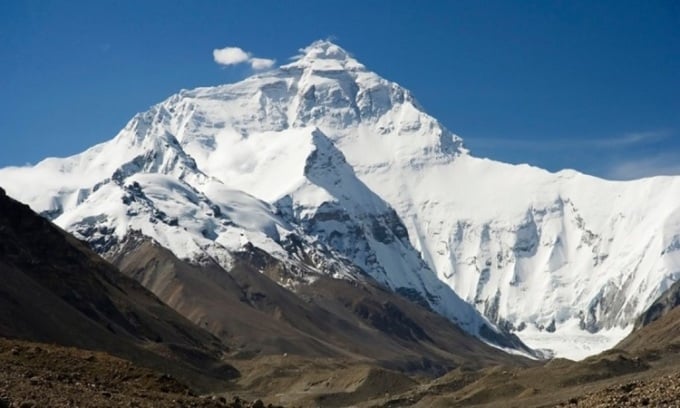
Tibet may be affected by the movement of the Indian tectonic plate. Photo: Smart Water Magazine
Tibet may be splitting in two beneath the towering Himalayas, with pieces of continental tectonic plates popping out like the lid of a tin can, according to new research presented at the annual meeting of the American Geophysical Union, Live Science reported on January 16. This suggests that the geology beneath the world's tallest mountain range may be far more complex than previously thought.
The Himalayas are being developed by two continental tectonic plates, the Indian Plate and the Eurasian Plate, colliding beneath the giant mountain range. In most cases, when a continental and an oceanic plate collide, the denser oceanic plate slides under the lighter continental plate in a process called subduction. However, when two equally dense continental plates collide, as is the case beneath the Himalayas, predicting which plate is lower is not so simple. Geologists still don’t know exactly what is happening in Tibet.
Some researchers have suggested that the Indian plate could be sliding under the Eurasian plate without sinking into the mantle, while others have speculated that the deeper part of the Indian plate is subducting while the upper part pushes into Tibet. The new study suggests that the answer could be both. The team found evidence that the Indian plate is subducting, but it is distorting and separating in the process, with the upper half delaminating and peeling off.
To better understand what was happening beneath Tibet, researchers from China and the United States looked at earthquake waves traveling through the crust where two tectonic plates collided. They reconstructed images from the earthquake waves, revealing a rupture in the Indian plate. In some places, the lower part of the Indian plate was 200 kilometers deep. In others, the depth was only about 100 kilometers, indicating that part of the plate was sloughing off.
Previous research, published in 2022 in the journal PNAS, also showed multiple isotopes of helium from geothermal wells in the region. One helium isotope, helium-3, was found in rocks in the mantle, while a mixture with much lower concentrations of helium-3 likely came from the crust. By mapping helium isotopes in multiple wells, the researchers discovered that the boundary where the two tectonic plates meet is located north of the Himalayas.
The new study also identified areas of increased earthquake risk along tectonic plate boundaries, although the team does not yet fully understand how fracturing and deformation deep within the crust leads to the buildup of pressure at the ground.
An Khang (According to Live Science )
Source link



![[Photo] Cutting hills to make way for people to travel on route 14E that suffered landslides](https://vphoto.vietnam.vn/thumb/1200x675/vietnam/resource/IMAGE/2025/11/08/1762599969318_ndo_br_thiet-ke-chua-co-ten-2025-11-08t154639923-png.webp)

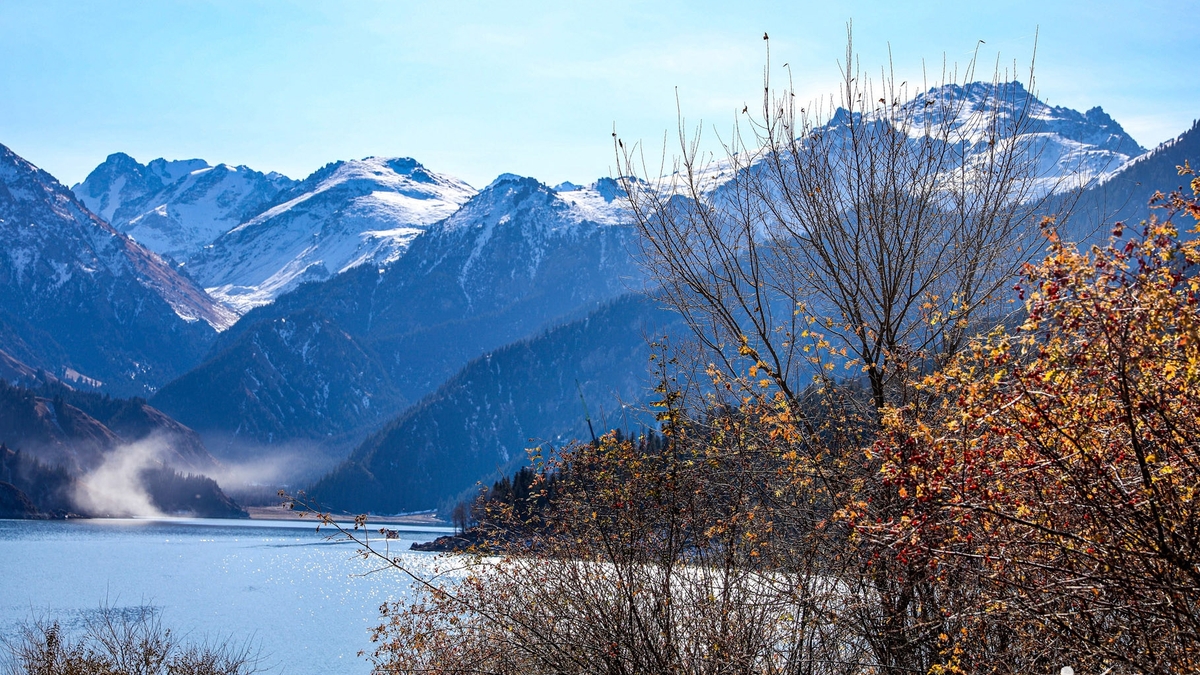




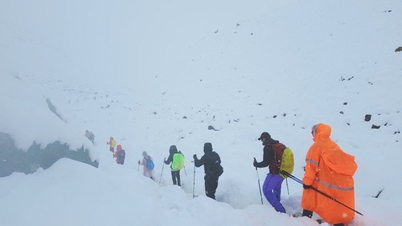




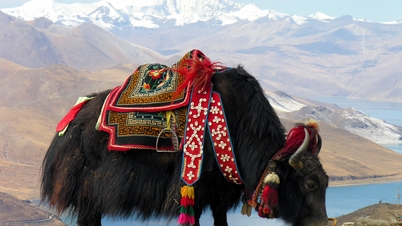
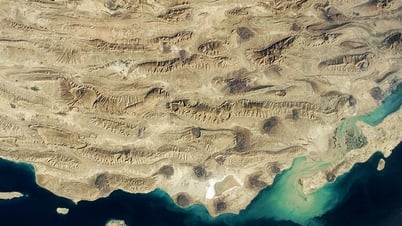






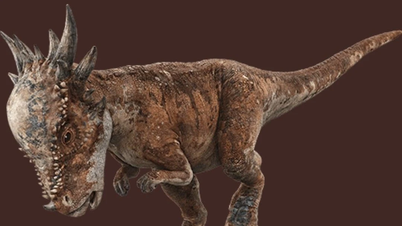




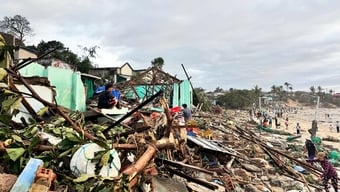

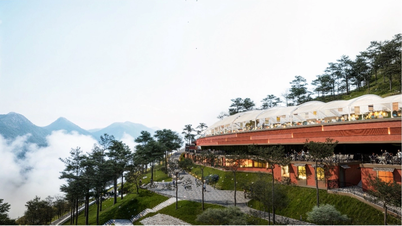
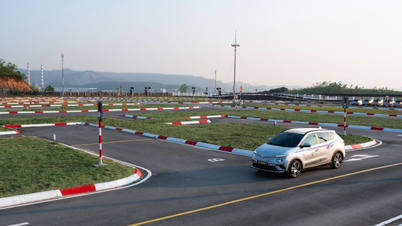










![[Video] Hue Monuments reopen to welcome visitors](https://vphoto.vietnam.vn/thumb/402x226/vietnam/resource/IMAGE/2025/11/05/1762301089171_dung01-05-43-09still013-jpg.webp)






























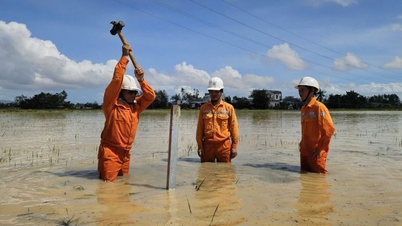








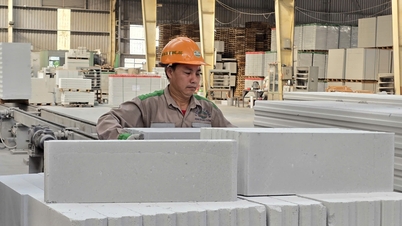







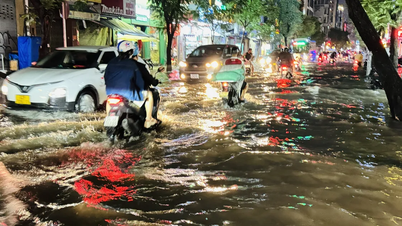



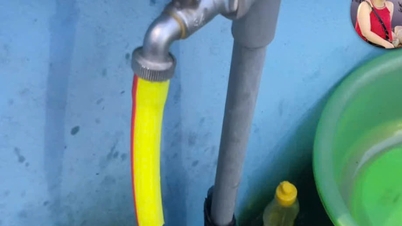











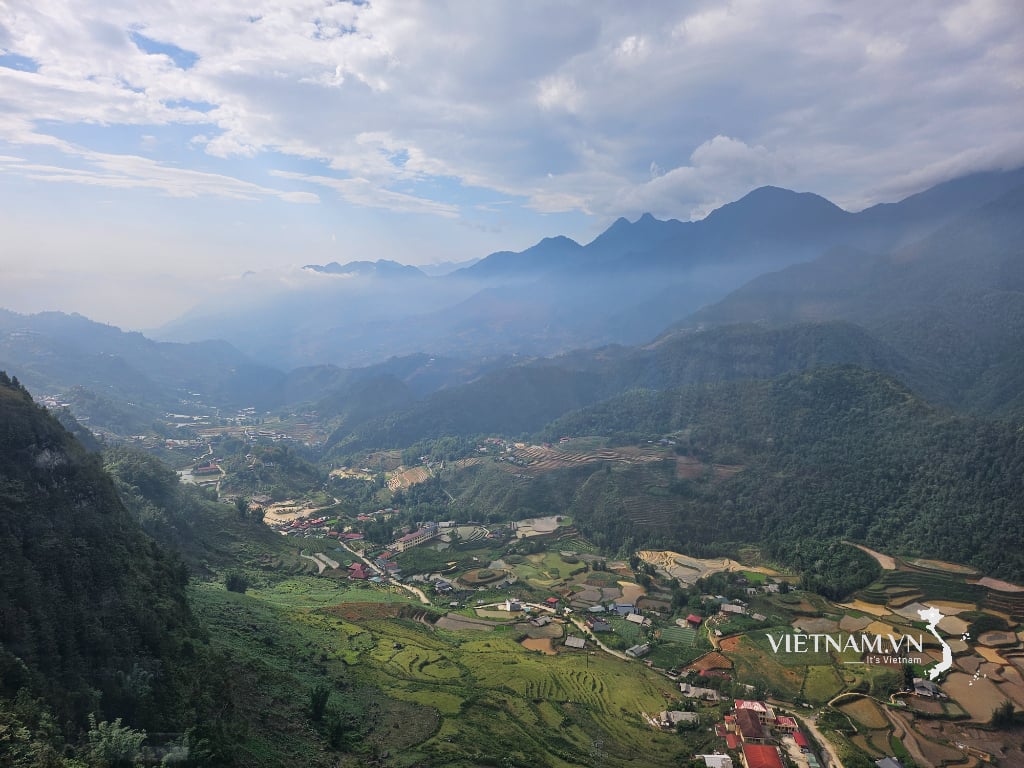



Comment (0)